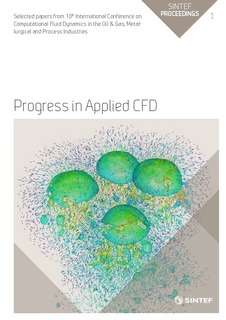| dc.description.abstract | Many natural or industrial processes are of extreme complexity, and where the time- and length scales range from an atomistic level to years and kilometers. Often the processes or phenomena consist of multiple sub processes in which each comprises its own length and time scales. An example can be production of aluminum by the Hall-Heroult process, where process streams or raw materials, flow dynamics and segregation in silos, with time varying quality, the feeding and operational routines, the reduction cells with numerous sub processes, and the tapping process, all make up a complete process. To optimize such production processes with respect to economic and environmental parameters we will have to develop models which can give the overall picture and at the same time be accurate enough to support the optimization process. As there are many dynamic aspects of an industrial production, the ultimate need will be a model which can compute much faster than real time and which can be used to support current operations and to develop new processes.
In this paper we discuss how this type of pragmatic industrial models can be developed. We will identify and discuss the tools needed for such an analyses, including the analyses process itself and the frameworks needed for such analyses. Key elements in our pragmatic modeling concepts are human knowledge, including capabilities to understand complex phenomena and how these can be modeled in a simplified but "good enough" manner, systematic use of existing information, systematic analyses of what information (model results) is needed and at which accuracy and speed the results must be produced. Another key element is the selection and collection of experimental data, organized and made accessible in an optimal manner to support the predictiveness of the pragmatic model. We propose that all types of data are organized by a "bridge" (modeling middleware) between complex scientific (aspect/phenomenon oriented) physical models, simplified models and process data. We believe that these types of pragmatic industrial models will enable a step change in both operation, operator training and process optimization, as well as design of new processes. Finally, in a case study, we apply our pragmatic modeling concept to the aluminum production process and discuss the implications of our proposed concept. | nb_NO |
